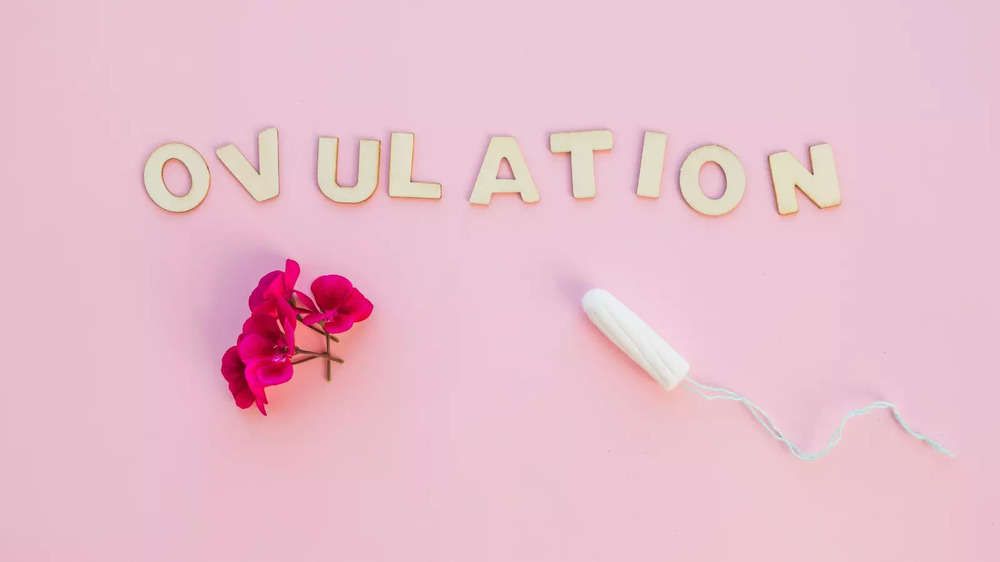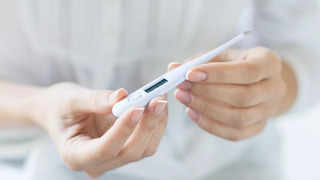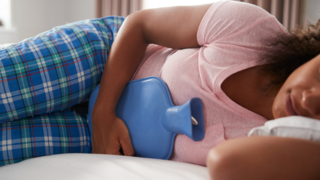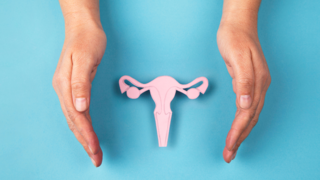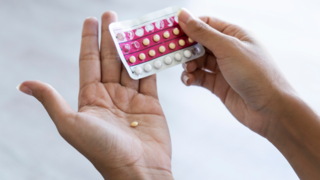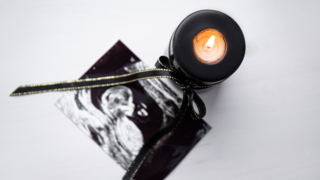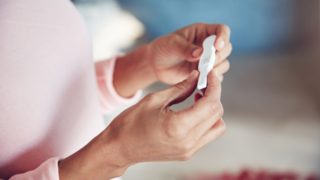If you're thinking about starting a family and want to understand more about conception, you should learn about ovulation first. Each woman's ovulation timing varies, but there are techniques to recognise the indications of ovulation and schedule sex to enhance your chances of becoming pregnant. Even if you aren't actively trying to conceive, understanding ovulation indicators is essential. They may help you understand your menstrual cycle and detect any odd ovulation signs that may arise in the future. In fact, some women use ovulation tracking to prevent pregnancy.
In this article:
What Is Ovulation?
You probably learnt in health class that ovulation is the period of your monthly cycle in which a developed egg is released from the ovary, preparing it for fertilisation. Every woman is born with millions of immature eggs, which are typically discharged one at a time per month. During ovulation, a rise in luteinising hormone (LH) causes the release of an egg, which travels down the fallopian tube and may be fertilised by a sperm. Most healthy women ovulate once a month, just a few weeks after menstruation starts.Ovulation Symptoms
You are probably wondering whether you can feel ovulation occurring. It varies from woman to woman, but there are a few typical ovulation signs you could notice. Hormonal changes before and during ovulation may impact the whole body, causing ovulation symptoms. These may give significant but occasionally subtle cues that tell you when you're ovulating. Many women have ovulation symptoms up to five days before and on the day of ovulation. They may persist for a day after ovulation.However, if you don't detect any indications of ovulation, don't be concerned—it doesn't imply it's not occurring. However, learning to recognise the frequent indicators of ovulation mentioned below may help you estimate when ovulation will occur.
1. Cervical mucus changes
Cervical mucus changes are one ovulation sign you may notice. As you approach ovulation, your body creates more oestrogen, leading cervical mucus to become flexible and transparent, similar to egg white, allowing sperm to swim to the egg that is released during ovulation. Most women have cervical mucus changes, but you must be aware of what to look for. 2. Heightened senses
A more acute sense of smell in the later part of a regular menstrual cycle may indicate ovulation in some women. This might be because, during this reproductive period, your body is predisposed to be more attracted to the male pheromone androstenone. Nonetheless, evidence indicates that ovulation may influence a woman's general olfactory sense. Furthermore, many women report having an enhanced sense of taste.3. Breast discomfort or tenderness
Tender breasts or aching nipples may also be indicators of ovulation, due to the surge of hormones entering your body just before and after ovulation. Some women may experience this sensitivity soon before ovulation, while others may feel it immediately after ovulation.4. Mild pelvic or lower abdominal discomfort
A lot of women question whether they can feel ovulation. For others, the answer is yes, with a minor aching or soreness in the lower abdomen on one side or the other. Along with the soreness or pain, you may suffer light vaginal bleeding, discharge, or nausea. These symptoms are generally moderate and temporary.Many women question whether ovulation discomfort is indicative of fertility. It might be because it suggests the release of an egg (though there is no assurance it will be fertilised that cycle). However, you might be fertile without experiencing any discomfort, so don't use this ovulation side effect to judge your fertility.
5. Light spots or discharge
Ovulation can sometimes cause a small amount of spotting or brown discharge due to the surge in hormones. This ovulation symptom occurs when the follicle that surrounds and protects the developing oocyte (the egg) develops, expands, and ruptures, causing a tiny quantity of blood. As blood ages, it becomes brown, which is why ovulation discharge may vary from red to dark brown. There is no reason for alarm until the spotting continues, in which case you should see a doctor to rule out infection and the chance of an ectopic pregnancy if you have been sexually active.6. Libido changes
Another typical sign of ovulation is increased libido. Some women feel an increase in their sex urge during ovulation, which may be Mother Nature's way of promoting reproduction. Interestingly, research indicates that women in relationships are more likely to report an increase in desire during ovulation than unmarried women.7. Cervical changes
During ovulation, your cervix may grow higher, softer, and more open. You may examine your cervix and mucus for ovulation symptoms, but it may take some time to discover the changes you're experiencing and is typically more challenging than looking for the other ovulation indications.8. Your basal body temperature changes
Your basal body temperature, often known as BBT, is the temperature your body maintains during rest. At the start of your cycle, basal body temperature is fairly consistent and averages between 97 and 98 degrees Fahrenheit; as you get closer to ovulation, you'll notice a slight drop in basal body temperature followed by a sharp increase, typically of about 0.4 to 1.0 degrees, just after ovulation. While you may not feel this symptom, it might indicate ovulation. When you ovulate, your basal body temperature rises and remains at that temperature. FAQs on Ovulation Symptoms: Signs of Ovulation
- How to predict ovulation?
Whether you're attempting to conceive or just want to understand more about your body's ovulation indications, these indicators, which include at-home and over-the-counter (OTC) tests, will help you figure out whether you're ovulating (or about to). - Can you get pregnant if you do not ovulate?
Simply put, if you are not ovulating at all, you will be unable to conceive without medical help. Even if a woman does not ovulate regularly, she may still produce an egg and get pregnant.

